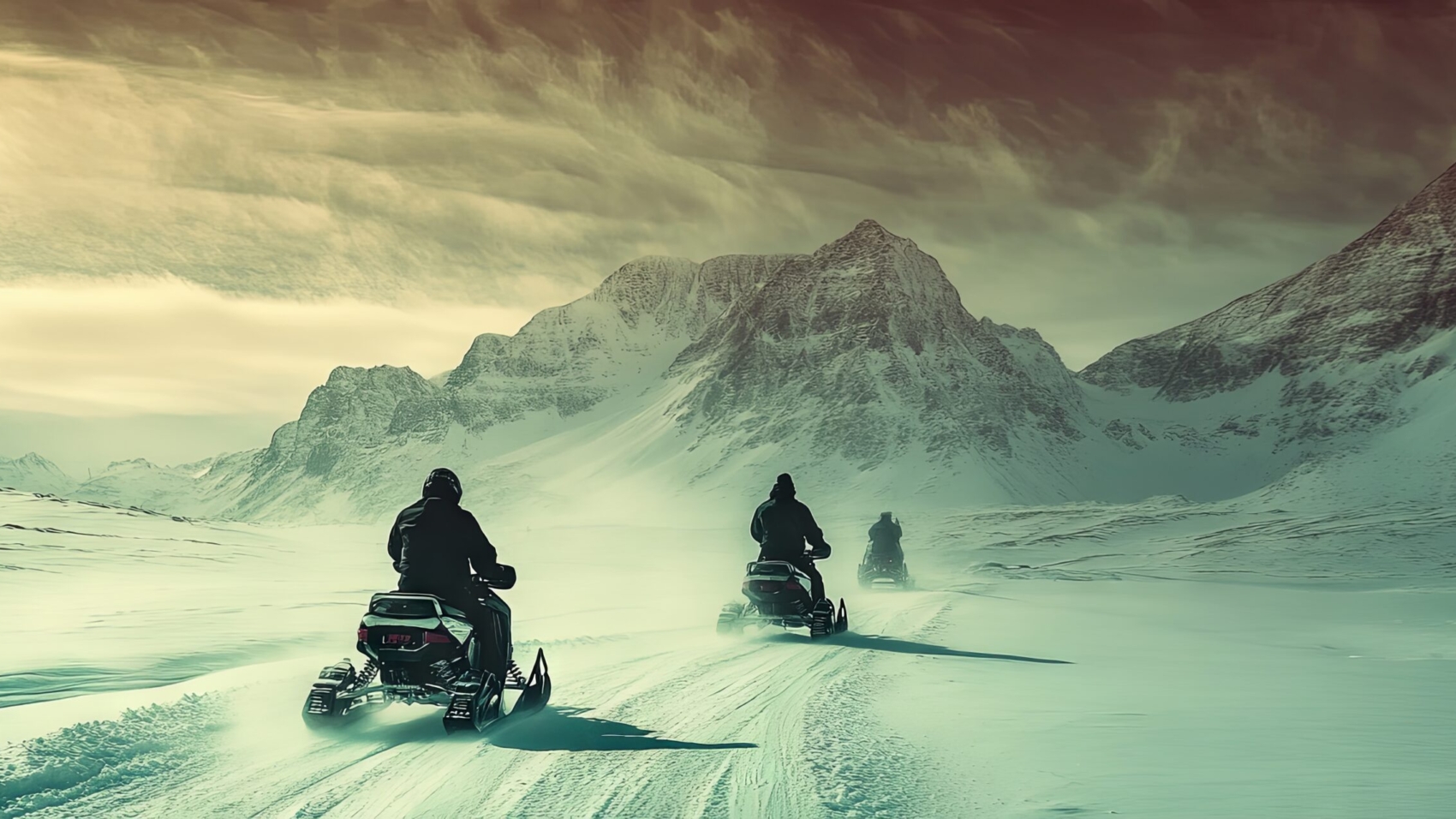Frozen Trails and Rugged Roads: Mastering Winter Overlanding Adventures
Winter transforms the wilderness into a breathtaking world of white. Snow blankets forests, rivers freeze into glimmering highways, and frost sparkles across every ridge and valley. For off-roading and overlanding enthusiasts, this season opens the door to unforgettable adventures. Yet, navigating these icy landscapes demands careful preparation, respect for nature, and the courage to face the unique challenges of winter conditions. In this guide, we’ll explore what makes winter overlanding special and how to plan for a safe, extraordinary journey.
Why Winter Overlanding Is a Unique Experience
Winter adds a thrilling new dimension to off-roading. Trails that feel straightforward in warmer months can become formidable tests for both drivers and vehicles, with snow-covered paths, icy inclines, and hidden obstacles keeping you on your toes. The landscapes themselves are magical—towering pines draped in snow, ice-capped ridges catching the morning light, frozen lakes reflecting the sky like glass, and valleys glistening with frost. These serene scenes offer solitude, self-reliance, and the joy of navigating unpredictable terrain.
Winter off-roading isn’t just about driving; it’s about mastering the elements and connecting with the raw beauty of nature in its quietest, coldest state. Every mile traveled becomes a story of skill, preparation, and resilience—a journey worth remembering.
Essential Preparation for Winter Overlanding
Winter overlanding isn’t for the unprepared. Proper planning ensures both safety and enjoyment, which are critical in remote, icy environments.
1. Equip Your Vehicle
- Tires: Snow-rated or all-terrain winter tires are essential for traction on ice, snow, and slush.
- Recovery Gear: Carry a winch, traction boards, tow straps, and a snow shovel. These tools can mean the difference between a minor delay and a full-blown emergency.
- Vehicle Maintenance: Check the battery, engine fluids, heater, and brakes. Winter amplifies mechanical vulnerabilities, so a well-maintained vehicle is a must.
2. Personal Gear
- Clothing: Layered, insulated, and waterproof clothing protects against frostbite and hypothermia. Don’t forget gloves, hats, and thermal socks.
- Sleeping Gear: Cold-rated sleeping bags and insulated pads are vital for overnight stays. Even a short night in sub-zero temperatures can become dangerous without proper gear.
3. Navigation and Planning
- Use GPS and offline maps in areas where mobile coverage may fail.
- Monitor weather forecasts and keep emergency contacts on hand.
- Plan for shorter daylight hours and allow extra time for unexpected delays.
4. Safety First
- Travel in convoys when possible to share resources and provide assistance.
- Always inform someone of your route, planned stops, and estimated return.
Winter Overlanding Terrain and Challenges
Winter landscapes offer diverse terrain, each presenting unique obstacles:
- Snow-Covered Mountain Trails: Frozen switchbacks and steep inclines demand precise driving but reward explorers with stunning snow-draped vistas.
- Dense, Icy Forest Paths: Thick woodlands test vehicle handling and driver skill, offering a sense of seclusion and immersion in nature.
- Frozen Lakes and Valleys: Traversing frozen bodies of water is thrilling, combining precise navigation with jaw-dropping scenery.
Winter-Specific Challenges
Driving on snow and ice is vastly different from dirt or gravel trails. Reduced traction, hidden obstacles beneath the snow, and extreme cold slow progress and increase risk. Shorter daylight hours demand careful time management.
However, overcoming these challenges hones your driving skills and makes the adventure even more rewarding. Techniques like maintaining momentum on snowy slopes, avoiding sudden braking on ice, and probing snow-covered surfaces become essential lessons for winter overlanders.
Community and Conservation
Winter overlanding is more than a test of skill; it’s a community experience. Shared routes foster camaraderie among explorers, often creating lasting friendships built on shared triumphs and challenges.
Equally important is responsible adventuring. Stick to marked trails, respect wildlife, and avoid fragile ecosystems. The pristine winter wilderness is a treasure, and part of being an off-roader is ensuring it remains unspoiled for future explorers.
The Reward of Winter Adventures
Winter off-roading and overlanding push endurance, skill, and adaptability to new heights. With the right preparation, gear, and mindset, adventurers can explore frozen landscapes few ever witness, discovering the serenity and beauty of winter’s wild.
Every icy trail traveled, every snow-covered slope conquered, and every frozen forest navigated becomes part of a bigger story—an epic winter journey where preparation meets adventure, and every mile brings both challenge and reward.
For those ready to embrace the cold, pack your gear, chart your course, and let the winter wilderness guide you. Adventure awaits on every frost-covered trail, offering experiences that will stay with you long after the snow melts.

